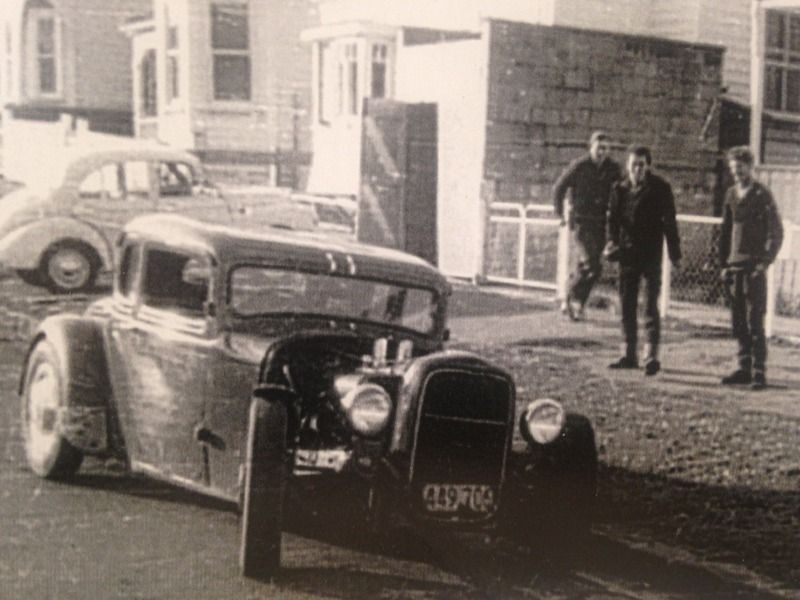
It wouldn’t be fair, obviously, to compare the safety rate of a law firm to that of a mining or logging company. What’s a high number when it comes to a TRIR, DART rate, or LTIFR? Companies are generally compared to others in their industry using an average such as a lost time injury frequency rate industry average. A bad safety reputation can make your company a pariah. A high rate can create bad PR with the public and lead to other companies not wanting to do business with you. Quality workers may look elsewhere for employment, and investors or buyers may take their business to a company with a better safety record. Poor safety indicators may result in increased insurance premiums. When any safety rate number is high, it signals a poor safety environment, which can have huge repercussions. This would equal 2,776,576 total hours worked by all employees over that time. In this case, we’ll say every employee worked 64 eight-hour days in the three months for a total of 512 hours per employee. Multiple the LTIs, four, by the standardizing number, 1 million, and divide by the number of hours worked. The standardizing number of hours Safe Work Australia uses is 1 million, which is common. To calculate a LTIFR, replace “number of employees” with “hours worked”. Multiple the LTIs by 1,000, and divide by your number of employees: 4 times 1,000 = 4,000, divided by 5,423, for a rate of. Imagine your company has 5,423 workers and has sustained four LTIs over the time period you’re considering-here, we’ll choose a three-month period. So say, for instance, you want to make a lost time injury rate calculation and determine the number of incidents you’ve experienced per 1,000 workers in the last quarter (1,000 is the standardizing number here when making comparisons, everyone must use the same standardizing parameters to make the comparisons meaningful). An incidence rate is the number of events that happened over a given period of time by a standardised number of employees.” The difference in these rates, as stated by Safety Risk, is that “a frequency rate is an expression of how many events happened over a given period of time by a standardised number of hours worked. Again, this is what’s most commonly used in Australia. When it comes to LTIs, instead of looking to a lost time injury rate, it’s common to calculate a lost time injury frequency rate (LTIFR). The DART incident rate is also important. In the United States, the most common of these is the total recordable incident rate (TRIR).

Regardless of which definition you’re required to follow, qualifying occurrences are used to determine a company’s injury incident or injury frequency rate.
#AUTOS LOST TO TIME HOW TO#
Safety Rates: What They Are, How to Calculate Them One of several types of incidents that OSHA identifies as recordable is an injury or illness that results in loss of consciousness, days away from work, restricted work, or transfer to another job.
#AUTOS LOST TO TIME FULL#
As the term implies, this refers to any injury or illness that results in someone being unable to work a full shift, being restricted from their normal work duties, or needing to be transferred.Īnother important safety metric used in the United States is recordable incidents.

This stands for Days Away, Restricted, or Transferred.

In the United States, a similar metric, designated by OSHA, is used: DART. In Australia, LTIs are the primary indicators used to track company safety. Other similar terms include “lost time incident,” “lost time case,” and “lost time accident.” What’s in a Definition?ĭefinitions are critical when they carry legal or other real-world consequences. It could be as little as one day or shift.” Safe Work Australia states, “A lost-time injury is something that results in a fatality, permanent disability or time lost from work. What Is a Lost Time Injury?Ī general lost time injury definition is: a work-related incident that results in a worker being unable to return to work. Tracking and reporting certain types of injuries is often required by law. These metrics provide you with a way to measure the success of your safety program and to see how you stack up against other companies in your industry. Understanding these terms, documenting the appropriate incidents, and calculating your company’s safety rating are musts for safety managers. Lost time injury, LTI, is one of many terms used for tracking workplace safety.


 0 kommentar(er)
0 kommentar(er)
